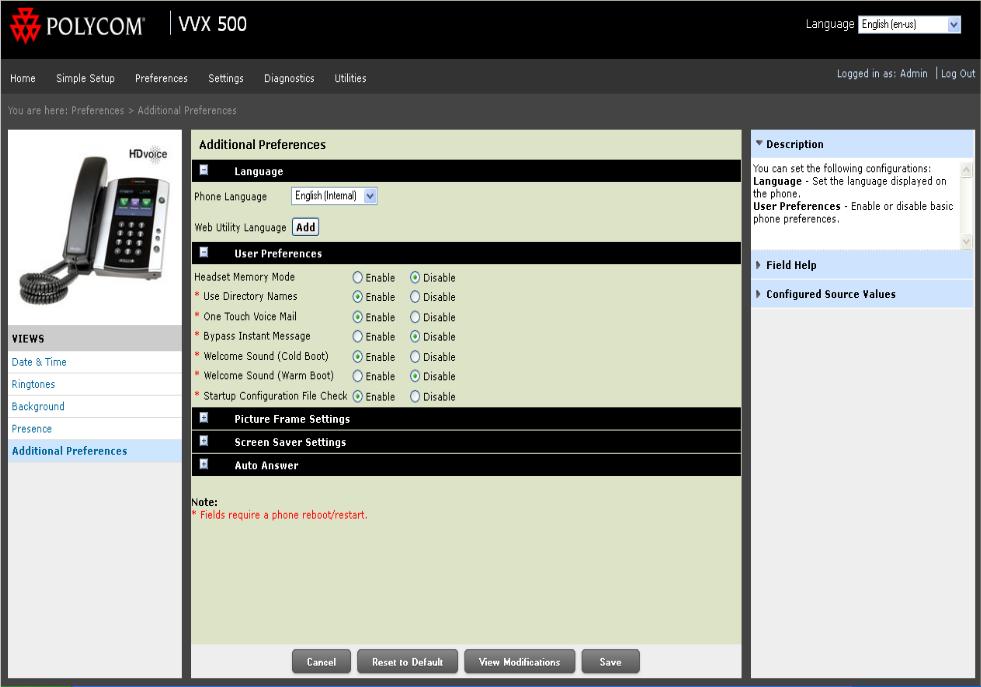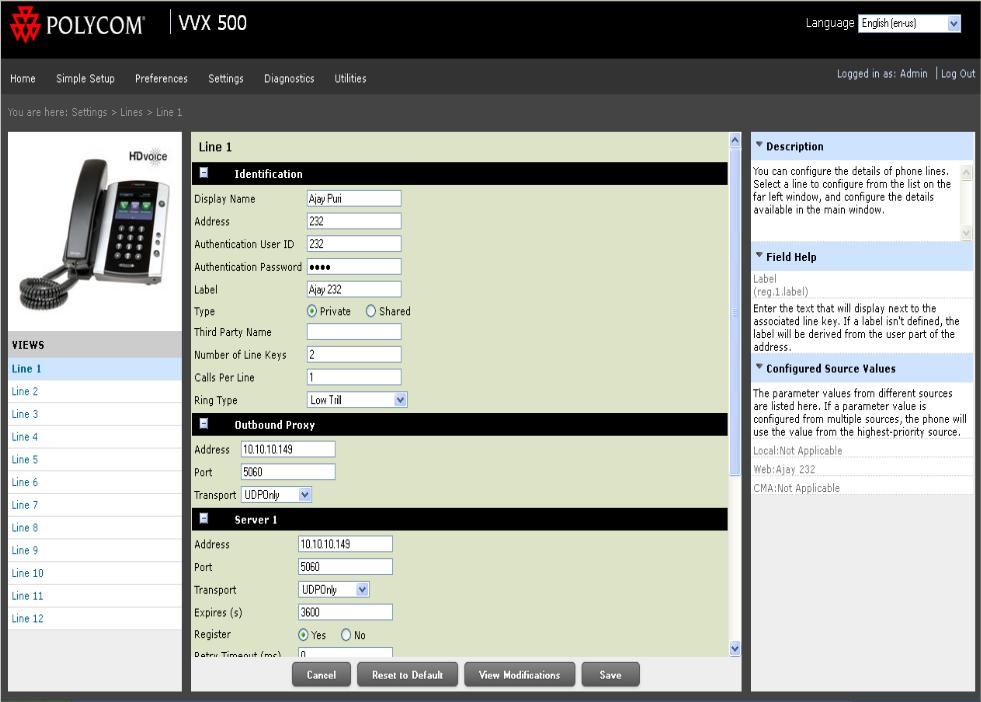


There are several advantages to using zero-touch provisioning. Most data centers will have tens or hundreds of switches to provision and configure, taking a significant amount of time. This means IT staff must spend more time in a command-line interface, configuring each system or switch. Network switches that are individually configured take more time and effort to connect. ZTP makes that task easier, saving time and money, by automatically provisioning devices. Adding many devices at once requires that each device be configured. ZTP is also useful in situations where an organization must scale up its devices and IT resources. Likewise, if each of those routers needs updating, then ZTP would be the more efficient option. For example, it is more efficient to use ZTP to configure hundreds of routers than to manually configure every single device. Automation is most useful in large environments with a lot of devices to update or configure. Zero-touch provisioning automates steps like updating operating systems, deploying patches or bug fixes, and implementing added features prior to connection. What are zero-touch provisioning use cases? See how the basic zero-touch provisioning process works.

ZTP can use a user-provided script to connect to a configuration management platform, such as Puppet, CFEngine, Chef or a custom tool. ZTP carries out the basic configuration, after which the switch can be deployed in an environment where custom configuration changes are made. The protocol used - DHCP, for example - provides the gateway address, the domain name and the server location. The port configuration and IP address are automatically provisioned based on the location requirements. Then a network switch sends out a request through DHCP or TFTP to get the location of its centrally stored image and configuration, which it downloads and runs. When a ZTP-enabled device is powered on, it runs a boot file that sets up the device's configuration parameters. a Dynamic Host Configuration Protocol ( DHCP) or Trivial File Transfer Protocol ( TFTP) server and.The zero-touch provisioning process may vary from setup to setup however, the basic requirements include the following:


 0 kommentar(er)
0 kommentar(er)
